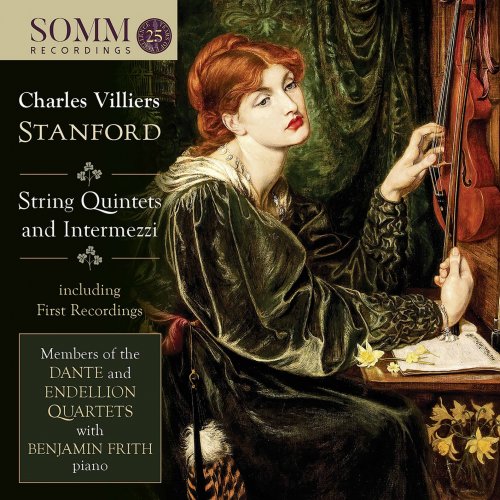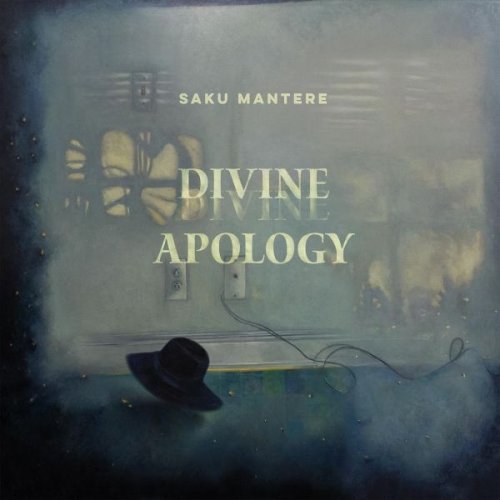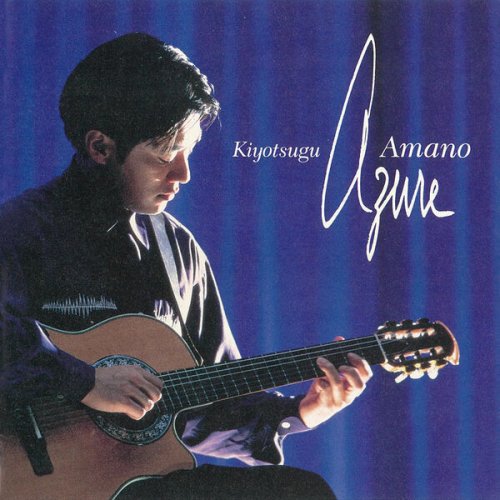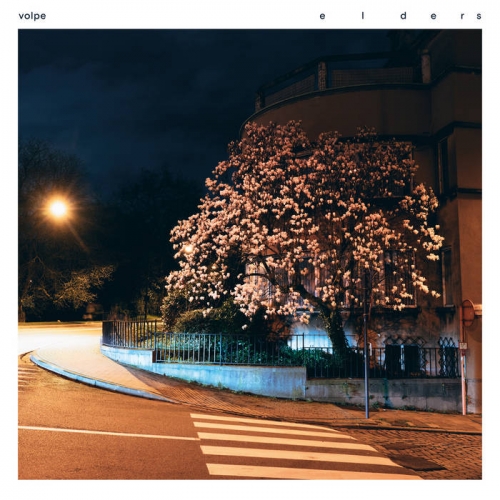Benjamin Frith, Members of the Dante and Endellion Quartets - Stanford: Chamber Works (2020) [Hi-Res]

Artist: Benjamin Frith, Members of the Dante, Endellion Quartets
Title: Stanford: Chamber Works
Year Of Release: 2020
Label: SOMM Recordings
Genre: Classical
Quality: FLAC (tracks) / 24bit-88.2kHz FLAC (tracks+booklet)
Total Time: 66:28
Total Size: 270 MB / 1.04 GB
WebSite: Album Preview
Tracklist:Title: Stanford: Chamber Works
Year Of Release: 2020
Label: SOMM Recordings
Genre: Classical
Quality: FLAC (tracks) / 24bit-88.2kHz FLAC (tracks+booklet)
Total Time: 66:28
Total Size: 270 MB / 1.04 GB
WebSite: Album Preview
01. String Quintet No. 1 in F Major, Op. 85: I. Allegro (8:11)
02. String Quintet No. 1 in F Major, Op. 85: II. Andante (7:40)
03. String Quintet No. 1 in F Major, Op. 85: III. Allegretto - Allegro (12:11)
04. 3 Intermezzi, Op. 13 (Version for Cello & Piano): No. 1, Andante espressivo (3:15)
05. 3 Intermezzi, Op. 13 (Version for Cello & Piano): No. 2, Allegro agitato - Tranquillo (2:21)
06. 3 Intermezzi, Op. 13 (Version for Cello & Piano): No. 3, Allegretto scherzando (2:35)
07. String Quintet No. 2 in C Minor, Op. 86: I. Allegro molto moderato ma energico (10:02)
08. String Quintet No. 2 in C Minor, Op. 86: II. Andante (8:16)
09. String Quintet No. 2 in C Minor, Op. 86: III. Allegro molto (3:29)
10. String Quintet No. 2 in C Minor, Op. 86: IV. Finale. Adagio - Allegro giusto (8:30)
SOMM Recordings’ survey of Charles Villiers Stanford’s chamber music continues with his two String Quintets and Three Intermezzi arranged for cello and piano : a unique collaboration between members of the Dante and Endellion Quartets, together with pianist Benjamin Frith, sees first recordings of the String Quintet No. 2 in C minor and the arrangement of the Three Intermezzi.
Composed with Stanford’s lifelong mentor, the legendary violinist Joseph Joachim, in mind, the Quintets are the product of a master craftsman speaking with his own distinctive voice. Both were first performed in 1904 and separately owe a direct and glancing debt to Brahms. The First echoes the three-movement structure of Brahms’ First Quintet and its melodious warmth although its second movement strikingly makes use of an archaic form of Irish traditional singing – sean nós (literally “old style”).
Composed to mark the 60th anniversary of Joachim’s first visit to Britain, the Second Quintet shares what Stanford authority Jeremy Dibble in his erudite booklet notes describes as “the same serious demeanour and a similar outlook towards grand architecture” of Brahms’ First Symphony, which Joachim conducted on that occasion.
Originally composed for clarinet and piano, the Three Intermezzi of 1880 display a masterly interplay between cello and piano in Stanford’s own arrangement.
Composed with Stanford’s lifelong mentor, the legendary violinist Joseph Joachim, in mind, the Quintets are the product of a master craftsman speaking with his own distinctive voice. Both were first performed in 1904 and separately owe a direct and glancing debt to Brahms. The First echoes the three-movement structure of Brahms’ First Quintet and its melodious warmth although its second movement strikingly makes use of an archaic form of Irish traditional singing – sean nós (literally “old style”).
Composed to mark the 60th anniversary of Joachim’s first visit to Britain, the Second Quintet shares what Stanford authority Jeremy Dibble in his erudite booklet notes describes as “the same serious demeanour and a similar outlook towards grand architecture” of Brahms’ First Symphony, which Joachim conducted on that occasion.
Originally composed for clarinet and piano, the Three Intermezzi of 1880 display a masterly interplay between cello and piano in Stanford’s own arrangement.



![Nina Strnad & Big Band RTV Slovenija - Trenutki z Jozetom Privskom (2019) [Hi-Res] Nina Strnad & Big Band RTV Slovenija - Trenutki z Jozetom Privskom (2019) [Hi-Res]](https://www.dibpic.com/uploads/posts/2025-11/1762434200_nsjp.jpg)


![Gianni Brezzo - Soundscapes Vol.2 - Music for Balkan Unicorns (2025) [Hi-Res] Gianni Brezzo - Soundscapes Vol.2 - Music for Balkan Unicorns (2025) [Hi-Res]](https://img.israbox.com/img/2025-11/06/nx4yabqt8pon1of92x5c5i74d.jpg)

